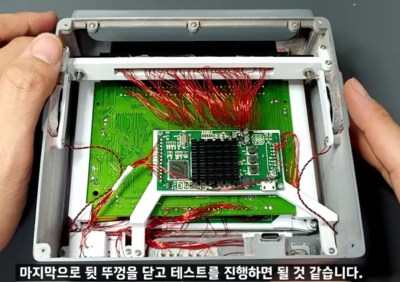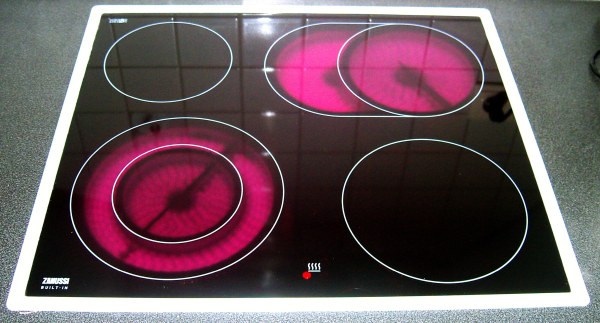As we slowly return to a summer of getting together in fields for our festivals of hackery, it’s time to look at another of this year’s crop of badges. The UK’s Electromagnetic Field, or EMF, is normally a two-yearly event, but its return this year comes after a four year absence due to the pandemic. The EMF 2022 badge is a departure from previous outings, gone is the handheld game console form factor and in its place is a svelte USB-C stick with a nod to the first generation of EMF badges in its wave shape.
Physically the badge is formed of two PCBs that plug together with the LiPo battery sandwiched between them, the upper one carrying the display and battery while the lower holds the ESP32-S3 MCU and the various peripherals. These include a QMA7981 accelerometer, a QMC7983 magnetometer, and perhaps most intriguingly, an ATECC108A cryptographic accelerator. This last component gives it the potential to be a 2-factor authentication key, which we think is probably a first for a badge.
In use, the TFT display and joystick interface is usable, but hard to read for a Hackaday scribe whose eyes maybe aren’t as sharp as they used to be. Programming is via MicroPython, using an app format through the same online hatchery system that will be familiar to owners of other European badges. There are already quite a few apps, which we hope will help this badge have some longevity.
This is just the latest of a long line of EMF badges, of which the 2016 version is probably our favourite.





















